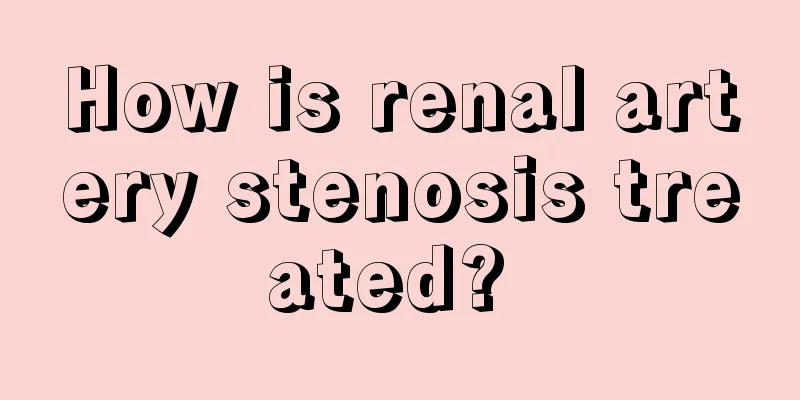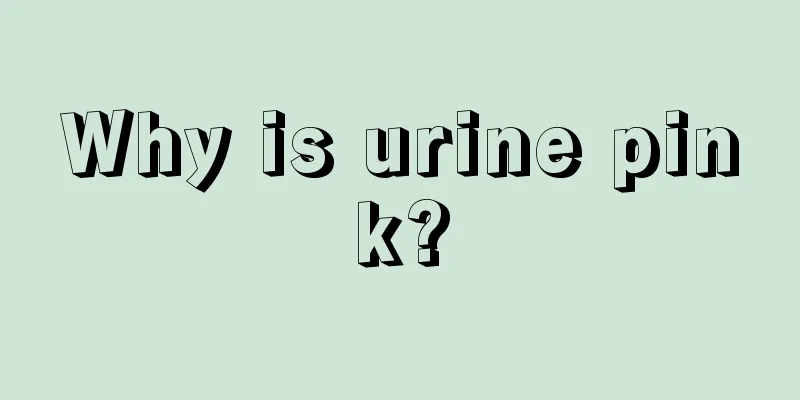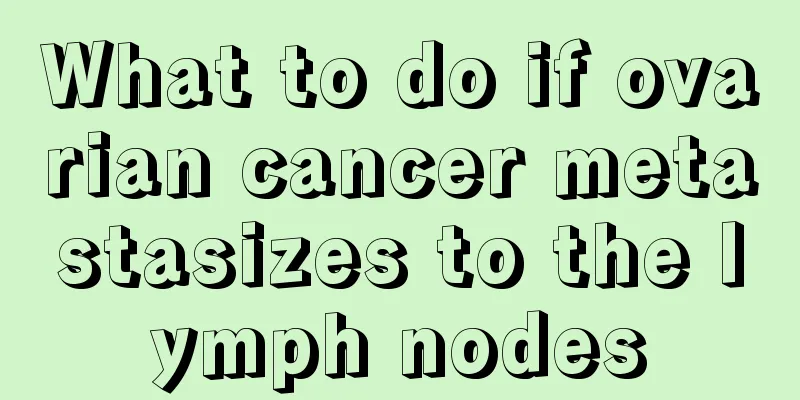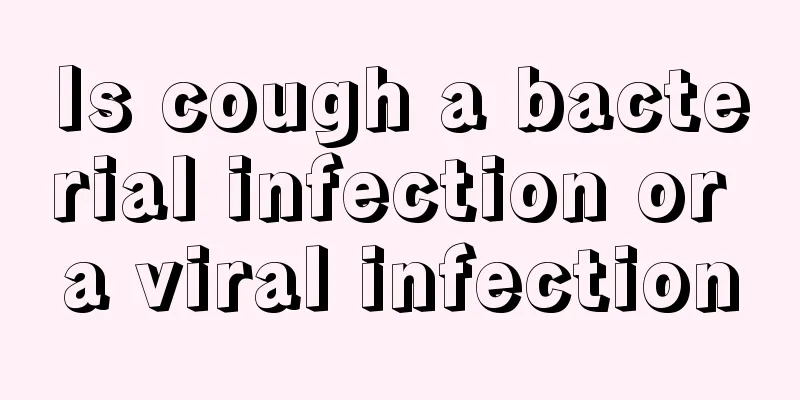How is renal artery stenosis treated?

|
Renal artery stenosis causes renal vascular hypertension and may also cause ischemic kidney disease. Renal artery stenosis can be treated with medication to suppress hypertension and some complications caused by hypertension, or it can be treated directly through surgery to restore renal blood flow and protect kidney function. 1. Surgical treatment It is suitable for situations such as failure of interventional treatment of renal artery stenosis, multi-branch stenosis or aneurysm formation at the distal end of the stenosis, and stenosis at the beginning of the renal artery. Surgical treatment includes renal vascular reconstruction (renal vascular bypass transplantation, coronary artery bypass grafting), endarterectomy (stripping), autologous kidney transplantation, etc. If the above treatment is ineffective and blood pressure is difficult to control, the diseased nephrectomy can be performed. If the cases are selected appropriately, the short-term efficacy of surgical treatment can reach 85% to 15%. However, according to previous clinical observations, its long-term efficacy is not significantly different from that of interventional treatment. Surgical treatment is highly traumatic and requires general anesthesia. It also places certain demands on the surgeon's heart, lungs, brain and other organ functions, and its clinical application is subject to certain limitations. (II) Internal medicine drug treatment Drug therapy cannot prevent the progression of renal artery stenosis, but it can help control high blood pressure and improve symptoms. For patients with unilateral renal artery stenosis and high renin, ACEI or ARB is now often the first choice, but it is necessary to start with a small dose and gradually increase the dose to prevent the blood pressure from dropping too quickly or too low. Patients with bilateral renal artery stenosis should avoid taking the above drugs. In order to effectively control blood pressure, it is often necessary to use multiple antihypertensive drugs in combination. There are many modern powerful antihypertensive drugs. Drug therapy can often effectively control renovascular hypertension, and there is no difference between drug therapy and PTRA in the long-term survival rate of patients. Therefore, many scholars currently believe that drug therapy should be the first choice for renovascular hypertension. As for renal artery stenosis that has already led to ischemic nephropathy, timely PTRA and placement of vascular stents remain the first choice to prevent progression of stenosis and renal function damage. If PTRA is contraindicated or PTRA and stent placement fail, surgical treatment can be considered. (III) Angioplasty Percutaneous transluminal renal angioplasty (PTRA, which uses a balloon to dilate the renal arteries) is often done; this treatment is particularly useful for people with fibromuscular dysplasia. Since patients with atherosclerosis and large-vessel arteritis are prone to restenosis after dilation, resulting in treatment failure, vascular stents should be placed in these patients after dilation. |
<<: Do you know what vestibular neuritis is?
>>: What are the steps for arterial puncture?
Recommend
What medicine can control gastrointestinal cancer
What medicine can control gastrointestinal cancer...
Gold and silver jewelry have radiation, will wearing it for a long time cause cancer? Reminder: Wear 5 kinds of jewelry as little as possible, which can easily harm your health
"Doctor, I recently heard that gold and silv...
The difference between bone grinding and bone cutting, pay attention to these aspects
Bone grinding and bone shaving are both common me...
Is there a hard object on the left side of your lower abdomen?
If you feel something hard on the left side of yo...
What medicine is more effective for frozen feet?
Many people will suffer from frozen hands and fee...
Not pregnant but always want to vomit
Preparing for pregnancy seems to be something tha...
What are the effects and functions of silkworm sand pillow
Pillows are essential bedding for our daily sleep...
What are the examination measures for bronchospasm
Bronchospasm is a complication caused by many dis...
What are the clinical symptoms of lung cancer? Introduction to several symptoms of lung cancer
Low-grade fever. When a tumor blocks a bronchus, ...
How to detect esophageal tumors early?
The symptoms of early esophageal tumors are not o...
What is the difference between sinusitis and rhinitis?
Rhinitis and sinusitis are both relatively common...
What are the specific ways to prevent bladder cancer
With the development of society, the incidence of...
What are the effects and functions of half-moon plum?
Half-moon plum is a very common fruit. It is also...
Eczema on hands and feet
Infant eczema is a very common disease nowadays. ...
Can I take medicine after getting the DPT vaccine?
Generally speaking, you cannot take medicine with...









